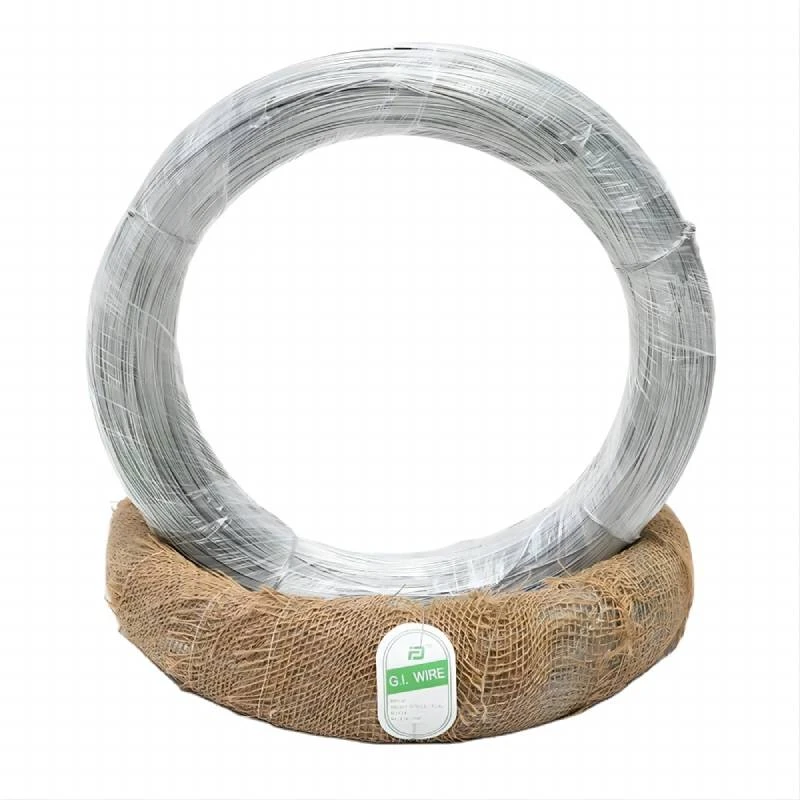chain link fence installation
Chain Link Fence Installation A Step-by-Step Guide
Installing a chain link fence is a practical solution for property owners looking to enhance security, define boundaries, or keep pets and children safe. Chain link fences are durable, cost-effective, and relatively easy to install. This article provides a comprehensive guide to help you navigate the installation process efficiently.
Tools and Materials Needed
Before you start, gather all the necessary materials and tools. You will need
Materials 1. Chain link fabric (the actual fencing material) 2. Terminal posts (end, corner, and gate posts) 3. Line posts (intermediate posts between terminal posts) 4. Post caps 5. Tension bands and braces 6. Tie wires 7. Concrete (for setting posts) 8. Gates (if needed)
Tools 1. Measuring tape 2. Level 3. Post hole digger or auger 4. Hammer 5. Wrench set 6. Wire cutters 7. Fence puller (optional, for tensioning the fabric)
Step 1 Planning and Measurement
Start by planning the layout of your fence. Determine the area you want to fence and mark the corners with stakes. Use a measuring tape to measure the length of the fence accurately. It’s crucial to check local zoning laws and obtain any necessary permits to ensure compliance.
Step 2 Mark the Post Locations
Post placement is critical for a sturdy fence. Typically, terminal posts are placed at the corners and where the gate will be installed, while line posts are placed every 5 to 10 feet, depending on local regulations and the height of the fence. Use a measuring tape to mark the locations of each post.
Step 3 Digging Post Holes
Using a post hole digger or auger, dig holes at least 2 feet deep for terminal posts and about 1.5 feet deep for line posts. The diameter of each hole should be about three times the width of the posts. This depth ensures stability, especially in windy conditions.
chain link fence installation

Step 4 Setting the Posts
Place the terminal posts in their respective holes and ensure they are level and plumb. Pour concrete into the holes around the posts, allowing for a few inches of space above the concrete to account for settling. For line posts, you can set them in the same manner, ensuring they are level with the terminal posts. Allow the concrete to cure for at least 24 hours.
Step 5 Installing the Top Rail and Brace
Once the posts are set and the concrete is cured, install the top rail. This rail connects all the line posts and adds structural integrity. Attach a tension bar to the terminal posts using tension bands. The top rail should be level and securely fastened.
Step 6 Attaching the Chain Link Fabric
Unroll the chain link fabric along the line posts. Begin at one terminal post, attaching the fabric to the posts using tie wires. Ensure that the fabric is taut while you attach it. You may use a fence puller to help stretch the fabric evenly. Once the fabric is in place, trim any excess chain link at the bottom.
Step 7 Installing the Gate
If your installation includes a gate, follow the manufacturer’s instructions for assembling and installing it. Ensure that the gate swings open and closed smoothly without obstruction.
Step 8 Final Touches
After completing the installation, add post caps to the top of the posts for a finished look and to prevent water from entering the posts. Walk around your fence to check for any loose sections, and tighten any components as needed.
Conclusion
Installing a chain link fence can be a rewarding DIY project that adds value to your property. With the right tools, careful planning, and attention to detail, you can create a functional barrier that enhances both safety and aesthetics. Always remember to follow local regulations and consider professional help if you encounter any difficulties. Happy fencing!
-
Space-Saving Chain Fence Hacks Vertical Gardening with Cyclone MeshNewsJul.16,2025
-
Innovations in Iron Nail Wire Production for Modern ConstructionNewsJul.16,2025
-
Creative Uses of Wire Netting Fence in Modern Landscape DesignNewsJul.16,2025
-
Barbed Wire Fence Innovations in Anti-Climb TechnologyNewsJul.16,2025
-
Architectural Uses of Umbrella Nails for Aesthetic Roof DesignsNewsJul.16,2025
-
Architectural Uses of Razor Barbed Wire in Secure Urban DesignNewsJul.16,2025




